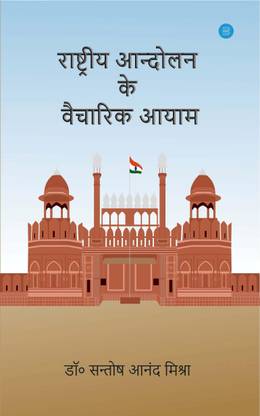Giani Zail Singh (5 May 1916- 25 December 1994)
Early life and education
Giani Zail Singh was born on **5 May 1916** in **Sandhwan village** of Faridkot district of Punjab. His real name was **Jarnail Singh**. His father **Kishan Singh** was a farmer and carpenter. His mother died in his childhood, after which he was raised by his aunt.
He had little interest in education initially, but he received religious education from **Shaheed Sikh Missionary College, Ambala** and was given the title of "Giani". Due to this title, he was named "Giani Zail Singh".
Freedom struggle and political life
Giani Zail Singh joined the **Akali Dal** working against the British government at the age of **15. In 1938, he formed a political party called Praja Mandal, which joined the Indian Congress in the anti-British movement. For this, he was sentenced to five years in prison, and he changed his name to Zail Singh.
In 1946, when the British government prevented him from hoisting the tricolor in Faridkot, he wrote a letter to Jawaharlal Nehru and invited him to Faridkot. Nehru recognized his talent and inducted him into the Congress.
Contribution as Chief Minister and Home Minister of Punjab
In 1972, he became the Chief Minister of Punjab. During his tenure, industrial development, education and health services improved. He inaugurated a highway named after Guru Gobind Singh and implemented a lifetime pension scheme for freedom fighters.
When Indira Gandhi returned to power in 1980, she appointed Giani Zail Singh as the Home Minister. While in this position, he took many important steps to strengthen the internal security of the country.
Presidential tenure (1982-1987)
On 25 July 1982, Giani Zail Singh became the first Sikh President of India. Important events like Operation Blue Star and assassination of Prime Minister Indira Gandhi took place during his tenure. He dealt with many sensitive issues in the country while discharging constitutional responsibilities.
However, there were many controversies during his tenure. When Rajiv Gandhi became the Prime Minister, differences began to emerge between him and Giani Zail Singh. According to some reports, he had considered using the powers of the presidency against Rajiv Gandhi, but ultimately he did not do so.
Death and legacy
Giani Zail Singh died on 25 December 1994 in Chandigarh. He died in a car accident, after which he was admitted to the hospital, but he died during treatment. The Government of India declared **seven days of official mourning** after his death and he was cremated at **Rajghat Memorial** in Delhi.
His Legacy and Contributions
Gyani Zail Singh's life was a symbol of struggle, service and leadership. He made significant contributions to Indian politics and dedicated his life for the independence and development of the country. His legacy still holds an important place in Indian politics and history.













0 Comments
Thank you